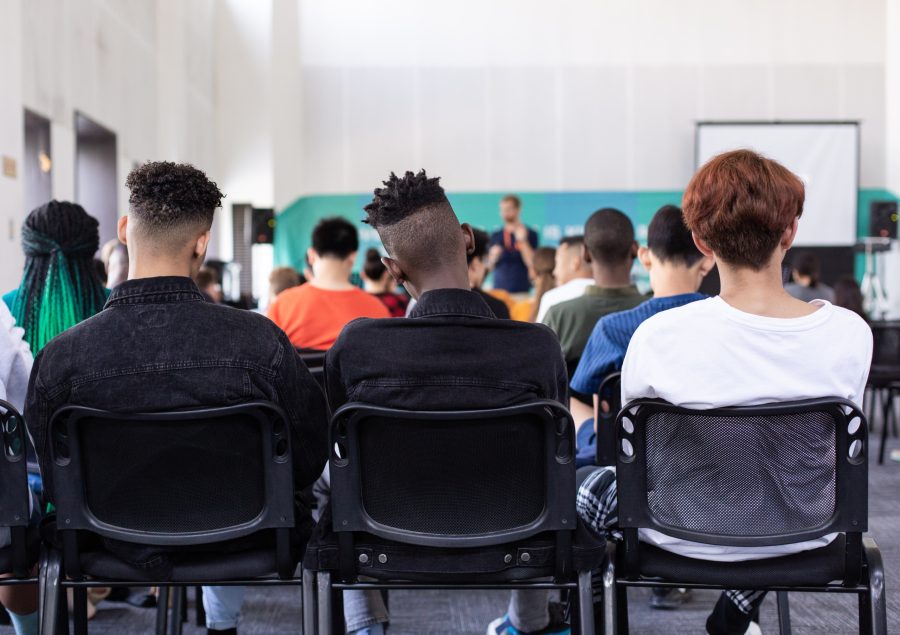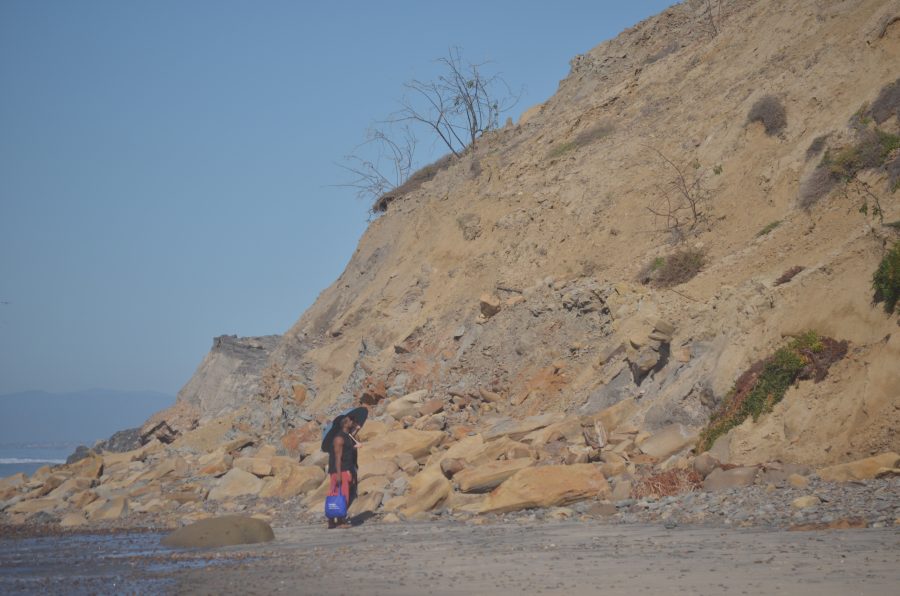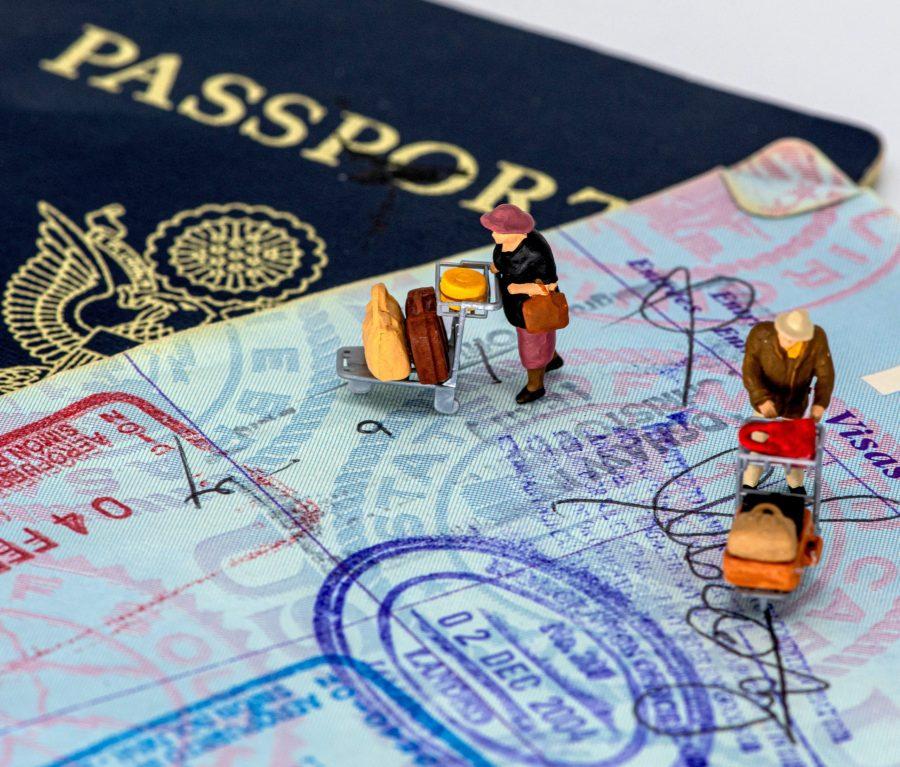Furthermore, recruited athletes in many cases comprise more than 50 percent of the bottom third of the classes at these schools. In other words, recruited athletes in Division I are less qualified for admission and perform significantly worse in academics than their peers.
The gap is smaller at the Ivy League schools, which do not offer scholarships and implemented common academic standards for recruited athletes in the 80s; however, even at the Ivies, the gaps in qualifications and performance are significant.
Stanford and UC Berkeley are poor examples as I mentioned in my letter on February 9 — they have seen a number of athletic scandals, including the circulation of a list of easy courses to Stanford athletes and Cal basketball players receiving grades in courses they never attended.
It bears repeating that universities are academic institutions whose primary missions are and must be educational. It seems hard to justify passing over students who have excelled academically in order to recruit athletes with poorer grades and test scores whose subsequent academic performance is poor in comparison to their peers. Stanford, Berkeley and the Ivies are no exception to this rule.
—Jonathan J. Sapan
Graduate Student, Center for Magnetic Recording Research







